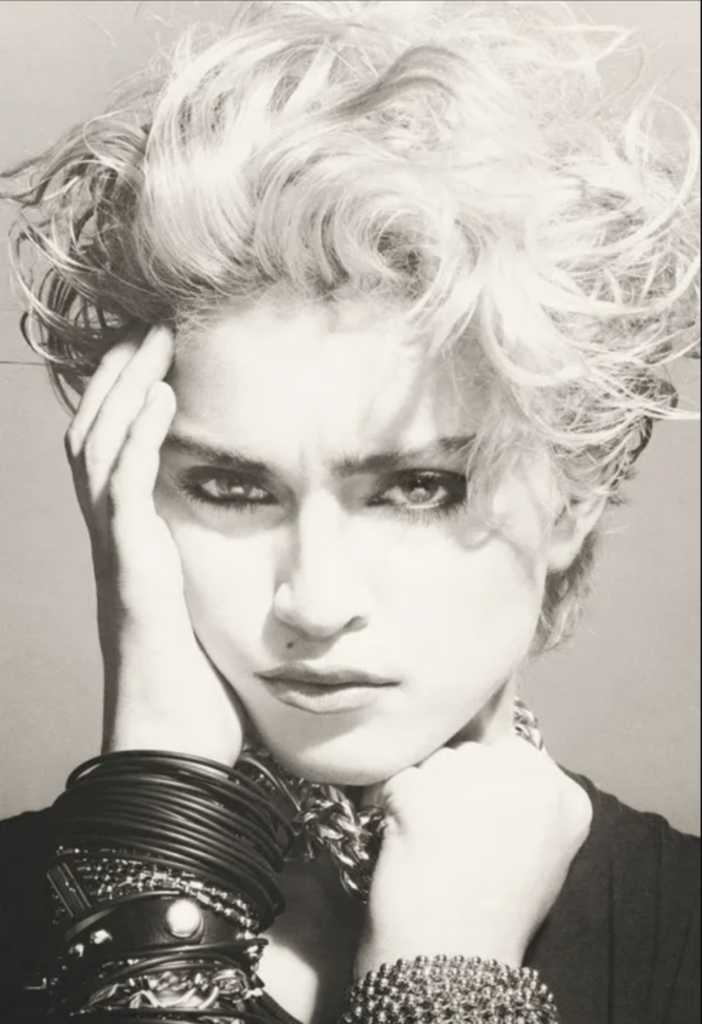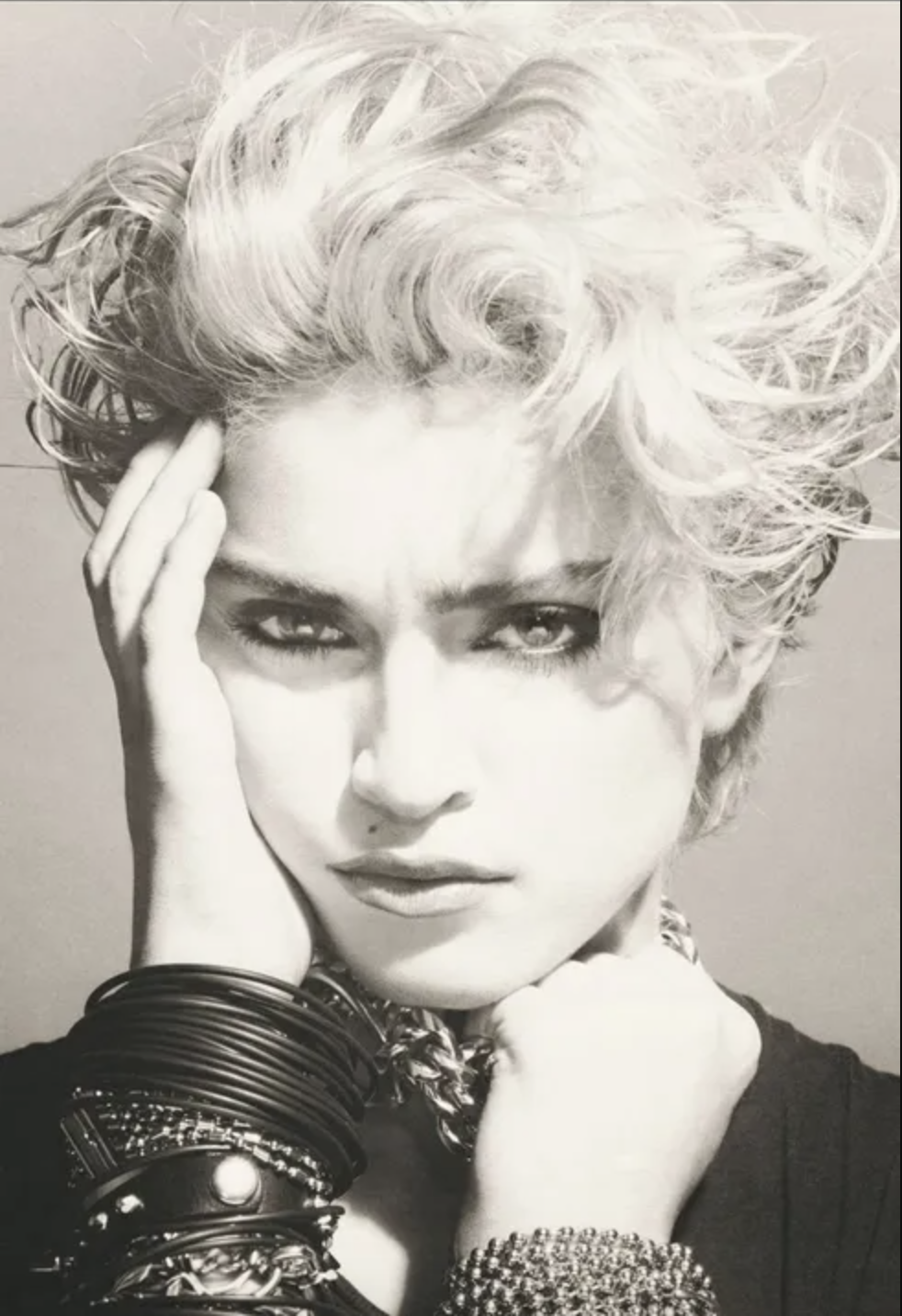Although she’s long since been crowned as the indisputable Queen of Pop, there was a time when Madonna’s iconic synth-disco sound was entirely unheard of. As her eponymous debut album came to be just in time for the transition from analog to digital audio production, her inventive tracks and distinct voice combined with a rebellious spirit set Madonna on a path to change the landscape of popular music forever.
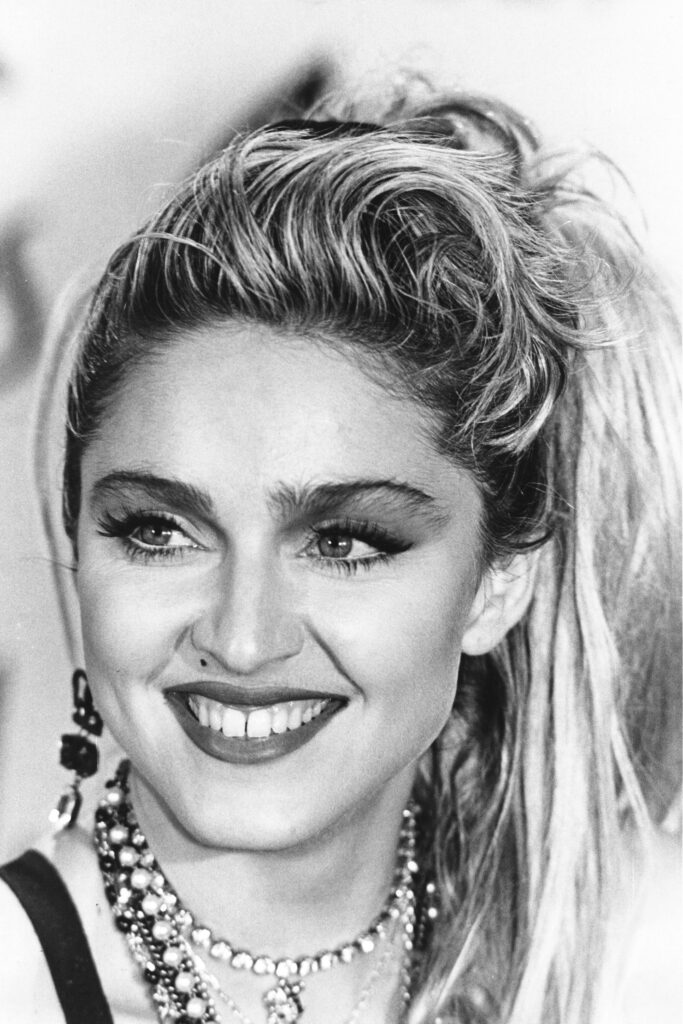
After leaving Michigan to become a modern dancer in New York, Madonna got by couch surfing and performing in East Village rock bands before being discovered by a music producer. She went on to create a demo of her debut single “Everybody” in 1982 and, before she knew it, Madonna had been signed to Sire Records and released the full-length, self-titled album Madonna at just 25 years old. Garnering many accolades such as having sold over 10 million copies worldwide, being certified 5x Platinum (by the RIAA in the US), 3x Platinum in Australia, Platinum in the UK, France, Hong Kong, Netherlands, and New Zealand, and having spent more than a year on the Billboard Hot 100 (July 27, 1983 to top 10 in October 1984) with 289 million WW streams, Madonna’s debut proved to be like no other.
While sticking with the catchy, pop-club sound of her early hits like ‘Holiday” and “Lucky Star” might have granted her a few more years of success, Madonna owes much of her icon status and the longevity of her career to a constant reinventing of her image. Her second album Like A Virgin shot Madonna into superstardom with singles “Like A Virgin” and “Material Girl” parodying the idea of female purity and the shallow nature of fame, setting the stage for a long line of projects that would push the boundaries of what it means to be a woman.
Naturally, Madonna’s liberated approach to femininity sparked criticism among some audiences. However, her third album True Blue only elevated her success by leaning into the controversy with tracks like “Open Your Heart” and “Papa Don’t Preach” embracing sexual desire and boldly challenging patriarchal family structures.
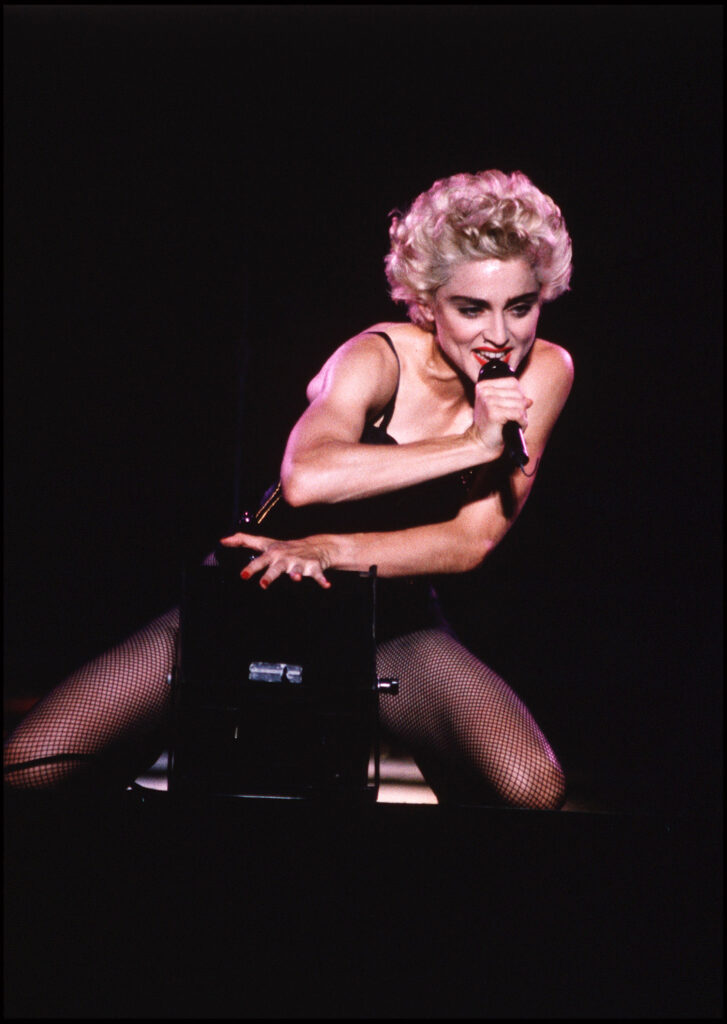
Madonna’s quintessential non-conformity reached new heights with her fourth album Like A Prayer as she used Catholic imagery to symbolize sex, and fully embraced a darker, subversive sexuality on her fifth album, aptly titled Erotica. Although these tracks are perfectly indulgent and catchy on their own, this era of Madonna’s career also cemented her as a music video master, complementing her unique sound with equally shocking and beautiful visuals.
As the ’90s drew to a close, Madonna stood her ground beside a new generation of pop stars with the release of Ray Of Light, the Grammy Award-winning electronic album that solidified her status as an artist with both critical acclaim and commercial popularity. Taking the 21st century in stride by tapping into her early disco roots with dance tunes on Confessions on a Dance Floor, and features from M.I.A. and Nicki Minaj on MDNA and Rebel Heart, Madonna has maintained her inventive style and proven that she’s here to stay.
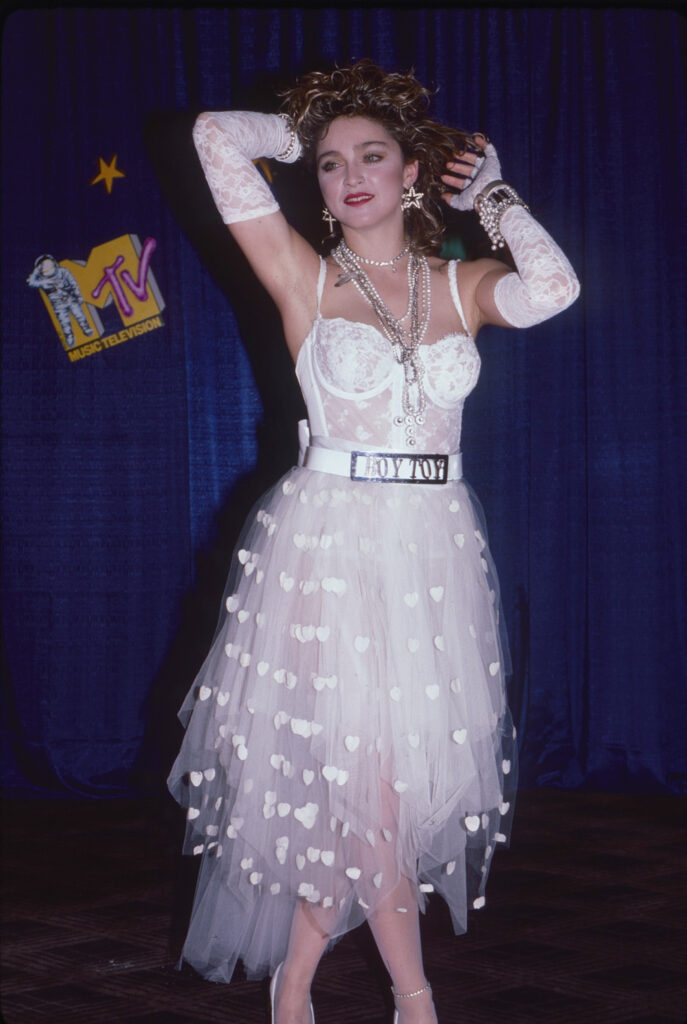
Following the release of her 2019 album Madame X, an experimental project that goes from house music to ballads in the blink of an eye, Madonna’s latest venture honors her phenomenal career while looking to the future: the Celebration Tour, announced earlier this year, begins in Europe in October and will highlight her 40 years of groundbreaking music in a show that is sure to break the mold in true Madonna fashion.
Discover More
